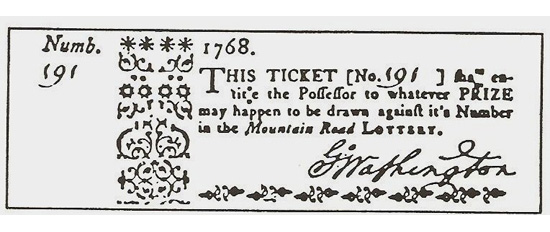Of the many small errors that bedevil many writers–and enrage their teachers and editors–there is perhaps none so simple to understand, and explain, than the use of “it’s” when “its” is meant.
It should be easy: “it’s” is a contraction of “it is,” the way “can’t” is a contraction of “cannot.” The apostrophe’s role here is to signal that a letter has been left out. Other languages have similar signals: the French “hôtel” uses a circumflex to signal that it has adopted the Old French word “hostel” and dropped the “s.”
“Its,” on the other hand, is an adjective indicating possession, the “sexless” version of “my,” “his,” “her,” etc. None of those adjectives have apostrophes, so why should “its”?
Except that, of course, an apostrophe is used to indicate possession, as in “the library’s book.” Why, then, it shouldn’t be “it’s book” instead of “its book” is a question for the ages, and the linguists. Let’s just stipulate that it’s not “it’s.”
This is not a new mistake, of course. It’s been going on for hundreds of years. A reminder came in the form of a rerun of the TV show Pawn Stars, in which someone was trying to sell a lottery ticket signed by George Washington.
While this image is not of the same ticket (this one is from Wikimedia), it’s nearly the same. In addition to noting what looks to us to be odd capitalization and configuration of the double “s,” take a look at that possessive adjective.

Now, this can’t be blamed on some poor “uneducated” buffoon, since not everyone could write in 1768, and anyone allowed to letter or typeset documents had to have had a fair bit of schooling. And if our first president didn’t object to that misuse, who are we to judge?
Few usage experts would argue that “it’s” instead of “its” is perfectly OK, especially since the difference is so clear, at least to those who notice it. But what usage experts want and what people do are not the same thing. That’s why words like “alright” and “irregardless,” which make many people cringe, are well on their way to becoming standard English.
And so, it appears, is “it’s.” Garner’s Modern American Usage lists “it’s” misused as “its” at Stage 3 of the five-stage Language-Change English, commonplace but not acceptable if you’re writing to your English teacher. But the more people use it, the more acceptable it becomes. Someday, perhaps, we can say unequivocally that it’s time for its time.
Merrill Perlman managed copy desks across the newsroom at the New York Times, where she worked for twenty-five years. Follow her on Twitter at @meperl.
